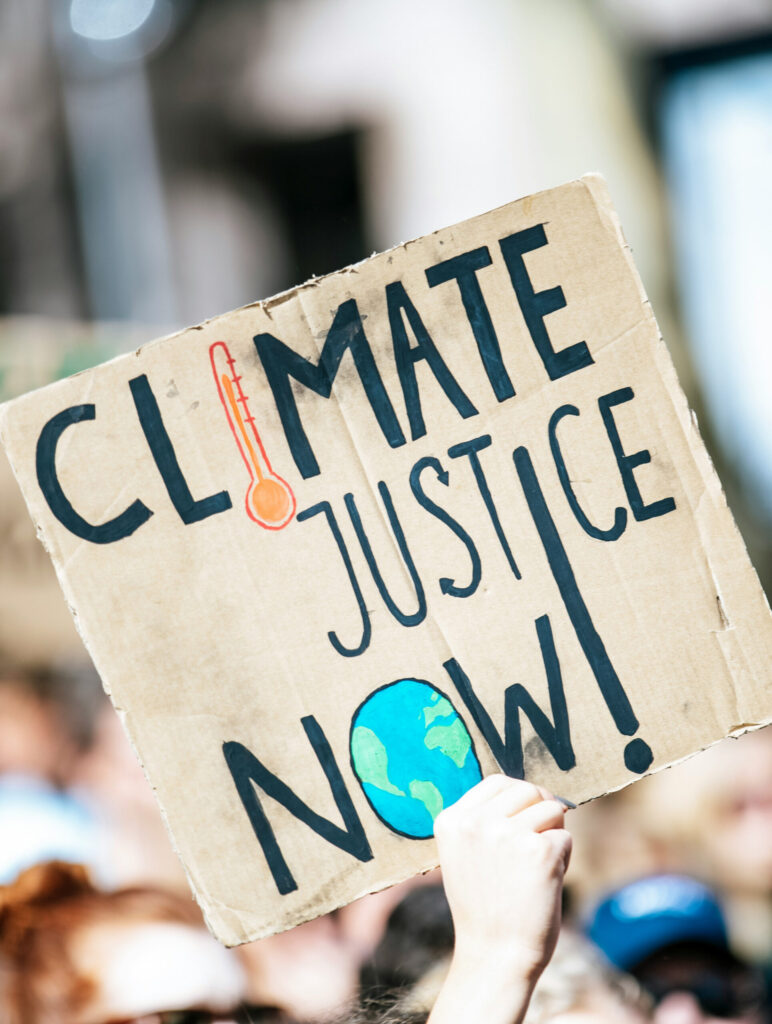By Master Arkoneil Ghosh and Ms. Prarthona Datta
Floods, droughts, and storms are no longer headlines; they are daily realities for millions of children globally. When disaster strikes, homes are swept away, schools become shelters, and families must begin again with almost nothing. For adults, it is a time to rebuild; for children, it is a time to grow up with loss.
Loss and damage refers to the severe impacts of climate change that overwhelm a community’s ability to adapt. This is more than visible destruction; it is the profound disruption of a normal childhood, a life governed by forces too large to handle. For a child, it is the day their textbooks float away or the family field turns to cracked earth and hunger follows. These events impact children more than anyone else. Their developing bodies are more susceptible to disease, dehydration, and malnutrition after the disaster. Their minds are destabilized as safe places like home and school become places of fear.
Families may lose their homes and children may be displaced for months or years. This creates a subtle but heavy mental burden: the anxiety of fearing a flood, the stress of uncertain access to food, and the profound sadness of leaving friends. This constant uncertainty can leave children with a lasting fear of future disasters. Not only are safe spaces disrupted, but education is lost. Each day without learning erodes their opportunities for the future.
For many children in low-lying islands, African villages, or rural Asian towns, climate change has already robbed them of identity. Culture, which fosters belonging, is lost when they can no longer set foot on ancestral lands. Youth grow up watching their parents’ hopes dashed due to actions they had no part in creating. Loss and damage is no longer just an economic question; it is a matter of equity, dignity, and the right to a safe future.
Young people worldwide are aware of this injustice. They are not asking for sympathy but demanding accountability. Through advocacy, art, and protests, youth are demanding that world leaders move beyond rhetoric to take urgent, meaningful action.
This is why the COP30 conference in Belém, Brazil, is so critical. Global leaders are expected to finalize and activate the Loss and Damage Fund—a mechanism to financially support countries and communities that can no longer adapt to climate impacts. For the world’s youth, this fund is not just compensation; it is an acknowledgment that their futures matter and that global promises must translate into tangible support. A successful COP30 could set a vital precedent for how the global community responds to those already living with climate loss.
Beyond rebuilding, loss and damage must also mean healing what can’t be repaired. A child who loses a home also loses stability and belonging. Support for mental health, access to education, and safe spaces are as important as money for reconstruction. When recovery focuses only on walls and roads, it forgets the people who live inside them.
Children did not create this crisis, yet they will live longest with its consequences. To protect them is to protect the world’s future. The first step is recognizing that loss and damage is not a statistic; it’s a story written in every flooded village, every empty classroom, and every dream deferred by disaster.
The future depends on whether this generation chooses unity over apathy, and whether world leaders see that protecting children from loss and damage is not charity, but a shared responsibility, and the foundation of a livable tomorrow.

Photo credits: Markus Spiske/Unsplash.
